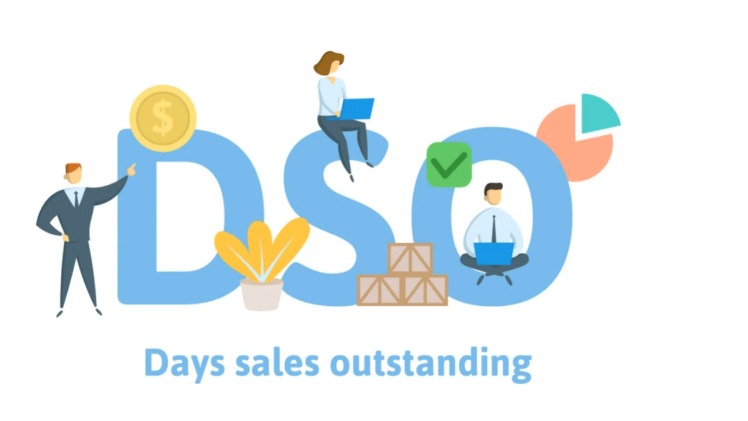When it comes to managing finances and ensuring the smooth operation of a business, you’ll often come across a jumble of acronyms and financial terms that might seem like alphabet soup. One such term is “DSO,” which stands for “Days Sales Outstanding.” Fear not, for this article is here to demystify DSO for dummies and provide a clear understanding of what it is and why it matters.
What is DSO?
Days Sales Outstanding, or DSO, is a financial metric that measures how long it takes for a company to collect payment from its customers after a sale has been made. In simpler terms, it answers the question: “On average, how many days does it take for money to flow into the company’s coffers once a sale has been finalized?”
Why Does DSO Matter?
DSO matters for several reasons, especially for businesses looking to maintain healthy cash flow and financial stability:
- Cash Flow Management: DSO is a critical component of cash flow management. The longer it takes for customers to pay, the more strain it puts on a company’s working capital. By monitoring DSO, businesses can better anticipate their cash flow needs.
- Liquidity: A high DSO can lead to liquidity problems, making it challenging to cover operational expenses, pay suppliers, or invest in growth opportunities. Conversely, a low DSO can free up cash for these purposes.
- Profitability: Delayed payments can affect a company’s profitability. High DSO may mean increased borrowing costs or lost investment opportunities, while low DSO can reduce the cost of financing operations.
- Customer Relations: A lengthy DSO can strain customer relationships. It’s essential to strike a balance between collecting payments promptly and maintaining positive customer interactions.
- Creditworthiness: Lenders and investors often consider DSO when assessing a company’s creditworthiness. A low DSO can signal effective credit management, while a high DSO may raise concerns.

How to Calculate DSO
Calculating DSO is straightforward, even for beginners:
DSO = (Accounts Receivable / Total Credit Sales) x Number of Days
Here’s a breakdown:
- Accounts Receivable: This is the total amount of money owed to your company by customers for goods or services they have purchased but not yet paid for. It’s usually found on your balance sheet.
- Total Credit Sales: This represents all sales made to customers on credit during a specific period. Exclude cash sales from this figure.
- Number of Days: This is the period over which you want to calculate DSO. Typically, it’s calculated on a monthly or quarterly basis.
Interpreting DSO
Once you’ve calculated your DSO, it’s crucial to understand what it means:
- Low DSO (e.g., 20-30 days): This indicates that customers are paying promptly, which can be a positive sign. However, it may also suggest that the company could offer more favorable credit terms to encourage sales.
- Average DSO (e.g., industry standard): Falling within the industry average is generally a good sign, as it means you’re in line with your peers.
- High DSO (e.g., 60+ days): A high DSO suggests that customers take a long time to pay their invoices, which can strain cash flow. It might be a sign of inefficient collections or credit management.
Improving DSO
To improve your DSO, consider implementing the following strategies:
- Streamline Invoicing: Make sure your invoices are clear, accurate, and sent promptly.
- Offer Incentives: Encourage early payments by offering discounts or other incentives.
- Implement Credit Policies: Establish clear credit policies and conduct credit checks on customers.
- Follow Up: Have a systematic follow-up process for overdue payments.
- Automate Processes: Invest in accounts receivable software to streamline collections.
- Outsource: Hire a Professional. If Cash Flow is the life blood for any business, why would you give it to anyone else?
Days Sales Outstanding (DSO) may seem like a complex financial term, but its importance in managing cash flow and ensuring the financial health of a business cannot be overstated. For dummies and seasoned professionals alike, understanding and monitoring DSO is a key step in achieving financial stability, profitability, and a positive customer experience. By taking control of your DSO, you can navigate the waters of business finance with confidence.
